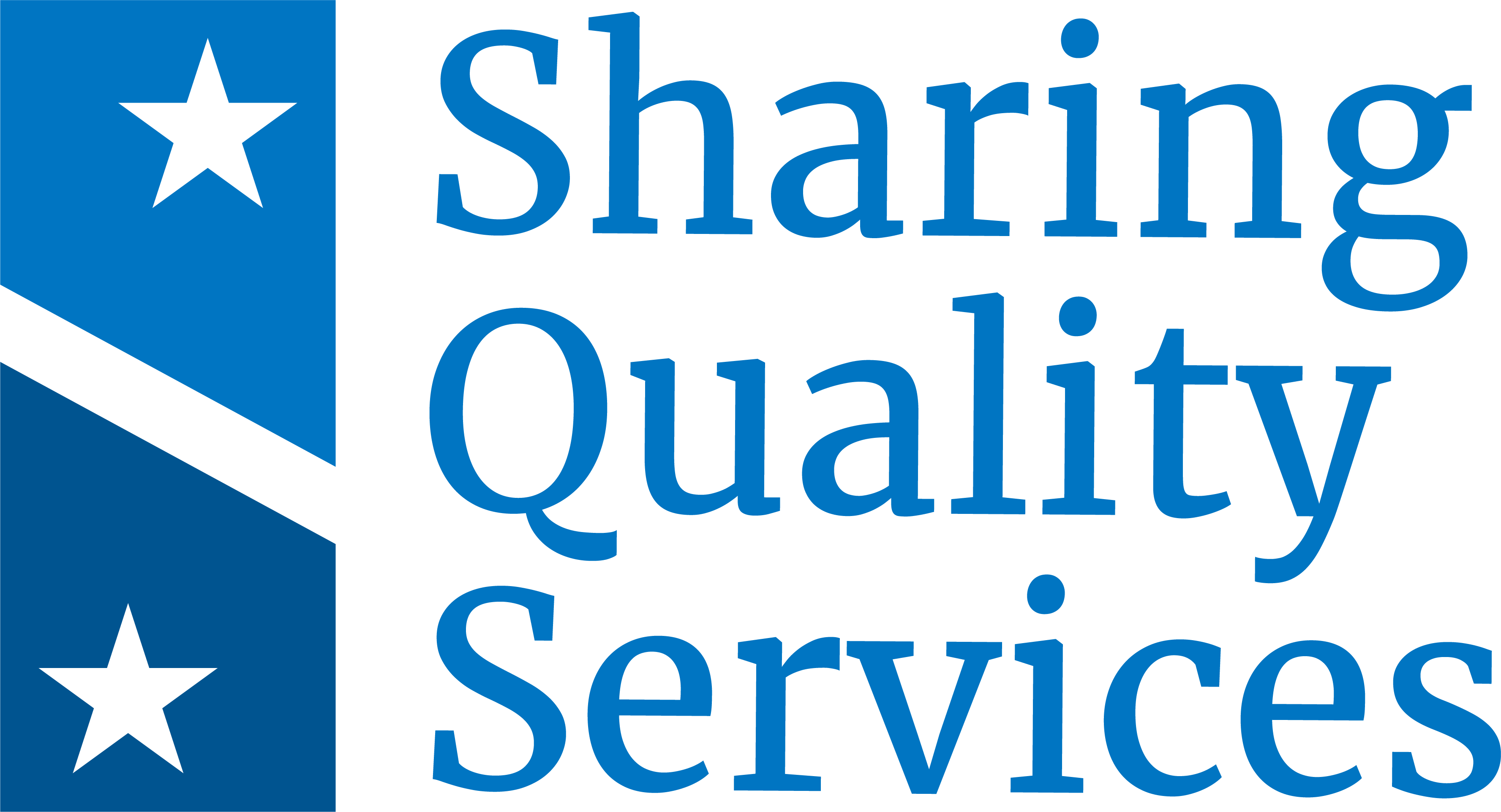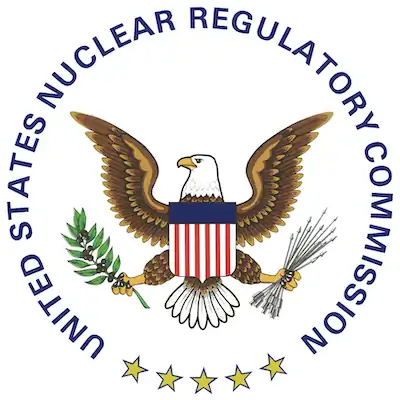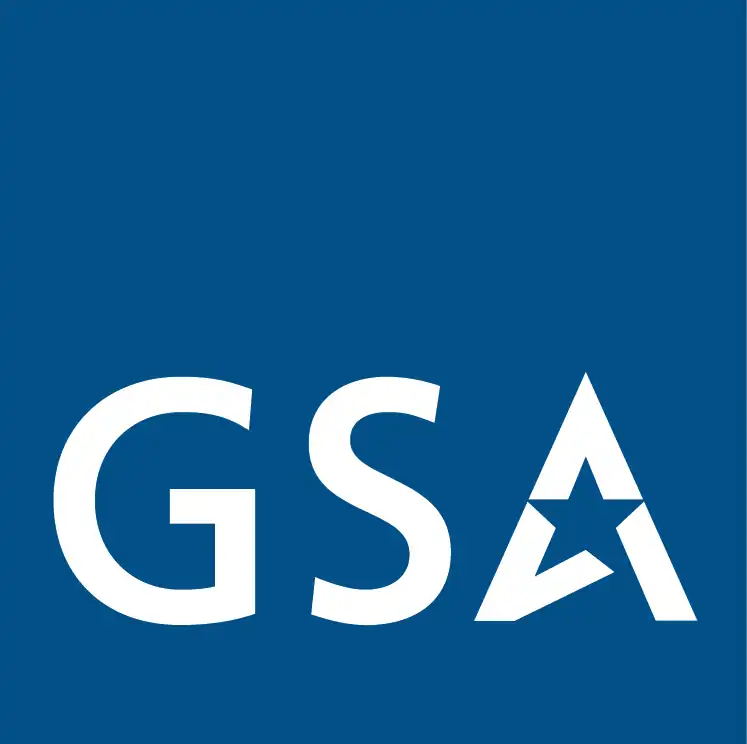Performance management is a crucial function of any government program, whether big or small, public-facing or internal. Aligning performance management of the services and technologies agencies buy and use to the same ways that the agencies themselves are measured is a core tenet of an effective framework.
Performance Management Framework

(a) Performance Management Framework Phase 3
GSA engaged agency practitioners, providers, and Quality Service Management Offices to obtain agreement on a standard framework considerate performance dimensions that include Finance/Cost, Customer Satisfaction, Data and Business Standardization, Operations, Information Technology, and Organizational Maturity.
(b) 2024 Marketplace Performance (Max Login Required)
Marketplace and QSMO performance data aligned to the Marketplace Performance Management Framework. Data for this dashboard was obtained through two channels 1) collected via the FY24 Annual OSSPI Customer Satisfaction Survey and 2) provided directly from each QSMO.
(c) 2024 Customer Satisfaction (.Gov email Required)
This survey pulses agency management, operations, and administration offices on their satisfaction levels with operations, customer service, technology, and the cost of the services they use.
(d) 2024 National Finance Center Performance BaselineIn response to on-going interest in payroll ecosystem modernization and in alignment with the
2023 National Academy of Public Administration Report on the National Finance Center (NFC), GSA partnered with OPM and USDA to baseline NFC performance across dimensions of Finance, Customer, Operations, Technology, Organization, and HR / Payroll for use in
NFC modernization planning. NFC services payroll to over 650,000 federal employees.



 to view in full screen
to view in full screen























